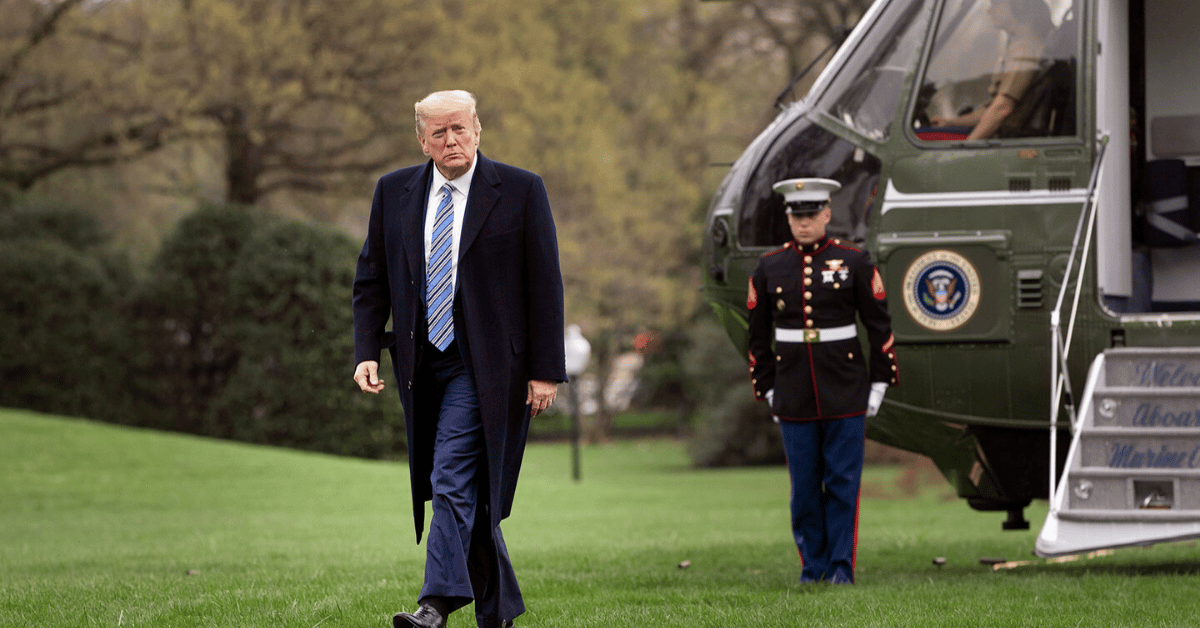


Russian fighter jets and drones are buzzing into NATO territory, testing the alliance’s backbone like never before.
Fox News reported that from Estonia to Poland, Romania to Denmark, recent incursions by Russian MiG-29s, drones, and even cyberattacks have sparked a firestorm of tension, with Estonia and Poland invoking NATO’s Article 4 for urgent security talks, while allies bicker over whether to push back hard or avoid a dangerous spiral with Moscow.
Let’s rewind a bit—last month, missile-laden Russian MiG-29s brazenly crossed into Estonian airspace, a clear poke at NATO’s eastern edge. Italian F-35s had to escort them out, a stark reminder of how close these provocations are getting.
Before that, Poland faced a swarm of 19 drones breaching its borders, forcing their jets to scramble and shoot some down—the first airborne engagement for Polish forces since World War II. Talk about a wake-up call for a nation on the front lines.
Romania hasn’t been spared either, with repeated Russian incursions rattling nerves in yet another NATO member state.
Meanwhile, Denmark briefly shut its airspace over mysterious drone activity, even mulling an Article 4 invocation after drones hovered near airports.
Lithuania’s Vilnius airport and Norway’s Oslo hub also reported drone disruptions, while Germany spotted unmanned aircraft over Schleswig-Holstein in the north. Clearly, this isn’t just a localized nuisance—it’s a coordinated challenge to Western security.
Poland was first to sound the alarm, invoking Article 4 days before Estonia followed suit last week, prompting urgent consultations in Brussels over the growing threat.
Since NATO’s founding in 1949, this clause—used when a member feels its security is at risk—has been triggered only nine times, underscoring the gravity of the moment.
NATO didn’t mince words, warning Russia that further violations would be met with “all means” of defense after Estonia’s request. Yet, behind closed doors, divisions simmer—some Eastern European allies want to hit back hard, while others dread escalation without ironclad U.S. backing.
Even NATO Secretary General Mark Rutte reportedly clashed with Estonian Prime Minister Kristen Michal over the frequent use of Article 4, cautioning that over-signaling an alarm could weaken the alliance’s stance.
“Article 4 is just a signal that we’re taking note of what happened,” said Lithuanian MP Giedrimas Jeglinskas. His point? Constant alerts without action risk looking toothless.
Speaking of action, NATO jets scrambling to intercept drones over Poland highlighted a glaring mismatch—using pricey fighters against cheap unmanned craft is like swatting flies with a sledgehammer. Jeglinskas nailed it, warning that if drone swarms become the norm, the current approach is unsustainable.
Operation Eastern Sentry, launched last month, aims to bolster NATO’s eastern flank, but questions linger about readiness for this new breed of low-altitude threat. Are there enough sensors to detect drones from ground level up to a kilometer? The silence on that front speaks volumes.
The U.S. has pledged to defend “every inch” of NATO soil, though past comments from Trump administration officials about scaling back troop presence in Europe still echo in skeptical minds. President Trump’s recent call to shoot down Russian aircraft in NATO airspace got a nod from Jeglinskas, who called it a confidence boost for deterrence.
Yet, not everyone’s ready to pull the trigger—literally or figuratively. A senior State Department official told Fox News Digital, “The last thing we want is to have NATO get drawn into a war with Russia.” That fear of a “toxic spiral” is real, especially when every incursion feels like a dare.
EU members are huddling in Copenhagen this week to hash out stronger air defenses, a direct response to the drone sightings plaguing the continent.
Meanwhile, German Chancellor Friedrich Merz summed up the mood in Düsseldorf: “We are not at war, but we are no longer at peace either.” His call for heightened security isn’t just rhetoric—it’s a plea for action over posturing.



